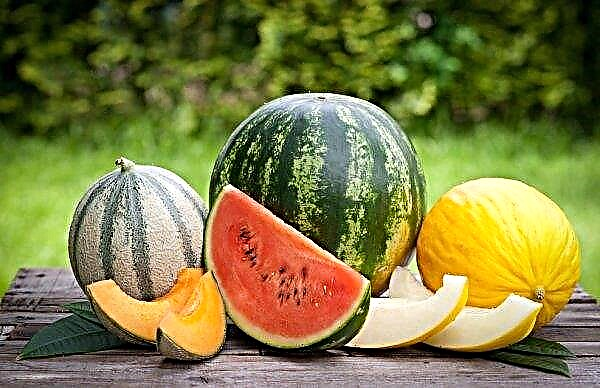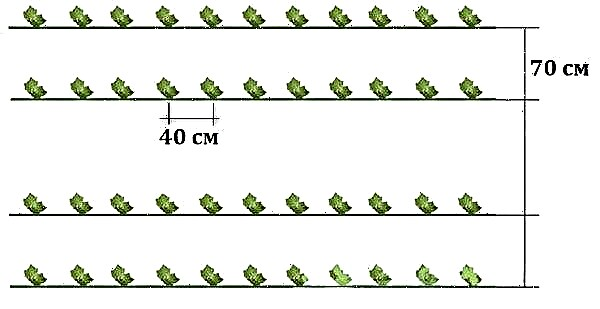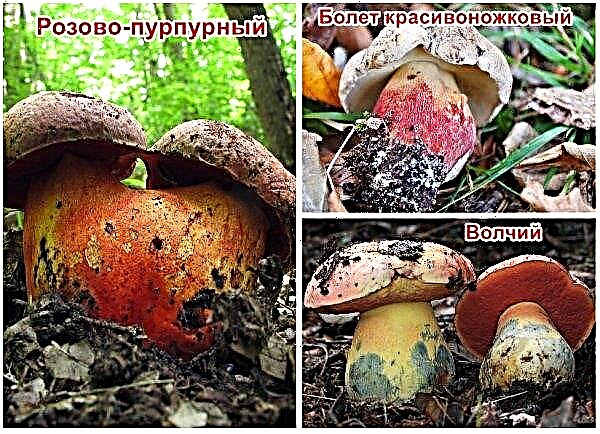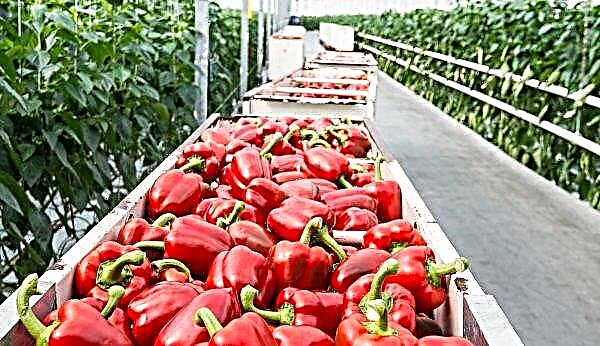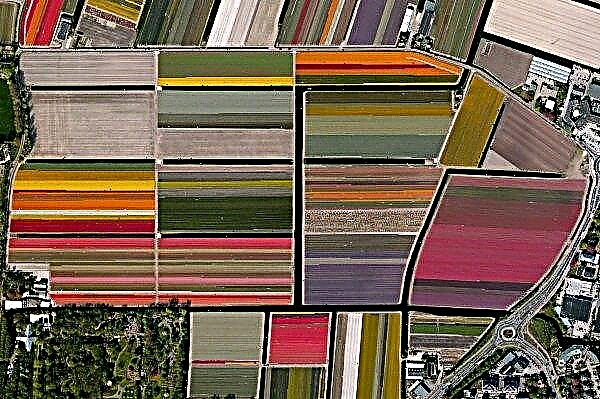Even real honey can stratify unevenly during storage. There may be several reasons for this. What to do to prevent delamination and why this happens will be discussed below.
Causes of Honey Stratification
The main reasons leading to the stratification of bee products, which should be considered in detail:
- early collection;
- mixing varieties;
- overheating of products;
- violation of storage conditions;
- the presence of impurities in the product;
- natural processes.
Did you know? Honey is an excellent substitute for synthetic baking powder for dough. When it is added to baking, the soda will not need to be quenched with vinegar, and the final product will remain fresh for a long time, not giving in to stale, due to the ability of honey to retain moisture.
Early harvest
If a product purchased in a liquid state, after a while remains liquid on top, and below becomes thick, it is most likely put on sale in an unripe form. In such cases, the consistency characteristic of the crystallization process is not acquired. Subsequently, foaming occurs, which indicates the presence of fermentation processes. Such products will be suitable only for the preparation of alcoholic tinctures. The maturity of bee products is determined by the moisture content. The normal moisture content of mature honey is 14–19%. In this case, during crystallization, the product does not delaminate at all. Honey becomes solid and has a fine crystalline structure. At a moisture content of 19–21%, the lower dense layer is covered by a liquid mass on top, but the fermentation process is not activated. At a moisture content of more than 21%, fermentation processes begin.
The maturity of bee products is determined by the moisture content. The normal moisture content of mature honey is 14–19%. In this case, during crystallization, the product does not delaminate at all. Honey becomes solid and has a fine crystalline structure. At a moisture content of 19–21%, the lower dense layer is covered by a liquid mass on top, but the fermentation process is not activated. At a moisture content of more than 21%, fermentation processes begin.
Important! When honey is heated to + 40 ° С, all useful microelements in it decompose and the product loses its value.
Mixing different varieties
Different varieties of beekeeping products differ in structure and weight, so the lighter will rise up, and the heavy will remain below. Even the same variety, collected at different times, can produce delamination. According to quality standards, mixing different varieties is unacceptable. However, if there is no trace of fermentation, and the product retains its taste and undergoes the crystallization process normally, then there are no restrictions on its use.
Product overheating
Stratification may result from overheating. Such a process is observed if the product has been heated to + 36 ° C. This may be the result of transportation in too hot weather, or the seller intentionally melted honey to pass it off as just collected. It would be worthwhile to mention an interesting statement by sellers in order to prove the authenticity of products that honey has a biological memory.
That is, the product “remembers what was in the comb”, so if you place it in a thin layer on a plate and drop it on top with water, it takes the form of a comb. This is just a trick and nothing more. This process is due to the physical phenomenon of self-organization of matter, and these cells are called Benard cells.
Did you know? By nutrition, 100 g of honey is equivalent to 180 g of minced meat.
The bottom line is that ordered hexagonal structures occur on any viscous fluid that is evenly heated from below. From this it follows that the honey that they are desperately trying to pass off as a natural product is heated. Ordinary natural honey, which did not give in to unnatural manipulations, would not form a honeycomb when poured with water.
Inappropriate storage conditions.
If storage conditions are not observed, delamination also occurs, the main errors are:
- placing products in metal containers;
- tightly closed lid on the bank;
- increased air temperature (from + 20 ° C);
- finding containers with honey in open sunlight;
- temperature fluctuation.

Adding Impurities
In order to increase the volume of production and reduce the cost of its cost, the following ingredients can be added to it:
- flour;
- sugar syrup;
- starch;
- a piece of chalk;
- jelly, etc.
Important! Banks with beekeeping products must not be covered with metal lids. Upon contact with the metal, useful elements begin to be converted into toxic substances.
Natural processes
Even the highest quality product is divided into liquid dark and lighter dense layers. Usually this process takes a long time, so few people notice it. The fact is that glucose and fructose are part of honey. The first element is transformed into dense crystals, the second one does not have such an ability, therefore it always remains liquid. The uniformity of cages during crystallization depends precisely on the ratio of fructose and glucose. Fructose is less standard, therefore, it is evenly distributed between glucose layers, which provides a fat-like cage. If both elements are contained in approximately the same proportions, then fructose in any case will rise up. Faster separation of the elements contributes to the increased ambient temperature, so beekeeping products are stored in a cool place.
Fructose is less standard, therefore, it is evenly distributed between glucose layers, which provides a fat-like cage. If both elements are contained in approximately the same proportions, then fructose in any case will rise up. Faster separation of the elements contributes to the increased ambient temperature, so beekeeping products are stored in a cool place.
Is it possible to eat honey that is stratified?
If the exfoliated liquid half has no signs of fermentation, and when mixed, a homogeneous mass forms - the products are quite suitable for food. However, it must be checked for authenticity, and if traces of impurities are detected, then it is better not to risk it.
Authentication:
- When iodine is added to beekeeping products, a blue color indicates the presence of starch.
- When vinegar is added to the honey-water solution, the formation of bubbles on the surface of the liquid will indicate the presence of chalk.
- If sugar syrup is added, then crystallization does not occur, but sugaring with the release of sugar crystals on the surface. With the crystallization of real honey, its structure is softer, more uniform.
- In water, the natural product does not dissolve, but gives a cloudy tint. A fake always leaves a residue.

Under what conditions to store natural honey so that it does not exfoliate
Honey products can maintain their quality indicators for several years while ensuring the right microclimate conditions.
In order not to spoil the honey, the following conditions must be observed:
- air temperature +5 ... + 10 ° С;
- humidity not higher than 70%;
- natural utensils - glass or ceramics;
- high-quality packaging sealing;
- shading from direct sunlight.
Ideally, products should be stored in dark basements. In such conditions, it does not lose its beneficial properties even after a year of storage. The uniformity of the beekeeping cages depends on many factors. Exfoliation of products may be evidence of falsification or a natural process.


